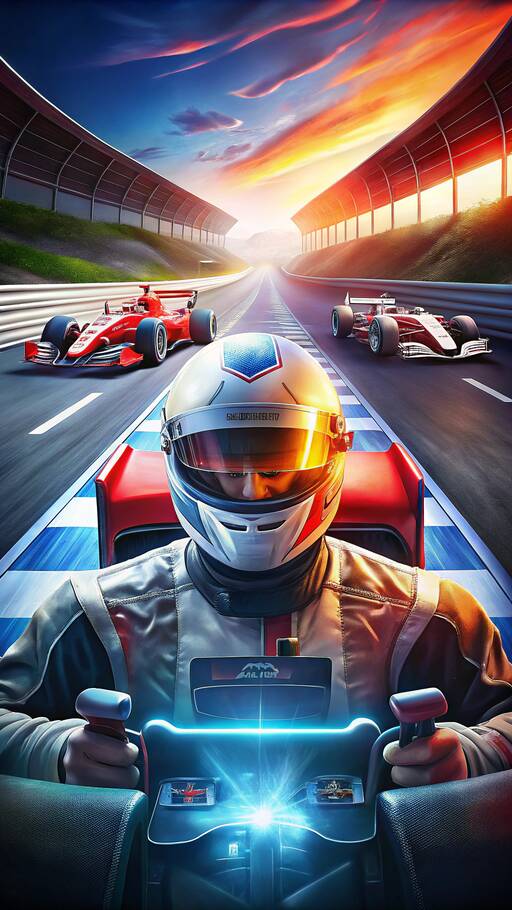
My passion for motorsport began with racing games. Watching races as a child led me to seek out video games featuring my favorite cars and tracks. I even discovered new racing series, like the thrilling Japanese Super GT, through games like Gran Turismo.
In 2018, I participated in my first real racing season, driving a Ginetta G40—a lightweight car with 135bhp and no driver aids. Initially, I worried that actual racing might ruin my enjoyment of sim racing. To my surprise, I found that modern simulators accurately replicate real-world vehicle dynamics and competition.
My skills were average at best, resulting in an uncertain race position. Surprisingly, the range of skill levels was similar to the chaotic online multiplayer races I enjoyed, and I ended up mid-pack, making the same mistakes I often make in sims.
Sim racing proved invaluable for learning unfamiliar tracks. A standout example was Snetterton, where I hadn’t raced since a childhood game. Using iRacing’s detailed simulations, I managed to achieve my joint-best result of the season—7th place.
Unfortunately, my chances of racing again are slim. Ginetta's entry-level championships now require a hefty investment of around £100,000 per season. For now, I can keep enjoying driving my G40 in racing games like Forza Motorsport and Automobilista 2, which allow me to relive those competitive moments.
Sim racing not only enhances skills for aspiring real-life racers but also keeps the passion for motorsport alive. While financial barriers may limit participation, the thrill of racing games offers a suitable alternative in the meantime.